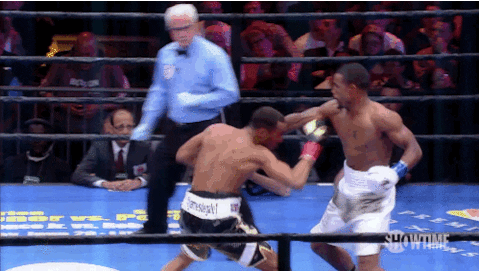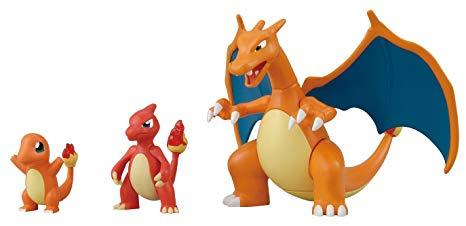Enemy Design In Video Games
Today, I thought it might be interesting to take a look at how we go about designing enemies from an important conceptual perspective - Time to Kill. Time to Kill is how long an enemy should take to defeat. Players will be interacting with many enemies over the course of their gameplay, so it is important for us to make them engaging and interesting to fight. By keeping the time it takes to defeat an enemy, we gain a lot of different ways to tweak and adjust the player's experience.

Time to Kill
Time to Kill the most important factors when it comes to designing bad guys. Easy enemies should not have a very long lifespan. More difficult enemies should live longer. Even if your game isn't in real time, consider how many turns should it take for this enemy to go down. Keep total encounter duration in mind too - if each enemy takes 30 seconds to defeat and you throw a group of 6 enemies at the player at once, that encounter will take a full three minutes of solid combat without any rest.
The lifespan of the enemies sets a baseline for the player's expectation for their character's power level because that's how they measure their power against enemies. If one character class takes ten seconds to kill a foe, while another kills the same foe in five, the classes will feel unbalanced unless the former has something else going for it (e.g. minimal downtime, AOE attacks, etc.). This will apply to things like individual abilities, powers, and weapons as well. Time to Kill is the universal gauge, because defeating enemies faster is almost universally always better.

Relative lifespan also establishes a "pecking order" for enemies too - if most enemies die within three seconds of engagement, one that lives for six seconds feels roughly "twice" as strong to the player simply because it doesn't die as fast. The players will start noticing if enemies survive that initial attack sequence. That will exert pressure on their gameplay to deal with these enemies differently, which is good - it makes them think about different ways to engage with different enemies, and that's more fun than repeating the same attack pattern ad nauseam.
Remember, long extended battles that progress slowly are rarely fun! Take a look at any game you've played recently and actually time how long it takes to defeat a single enemy that's appropriate for your level. For games like Hearthstone, consider how many turns each minion's lifespan is. Most of the time video game enemies have a lifespan of maybe a few seconds once engaged.

Who's the Boss
Boss battles must especially take this principle into account. Many boss battles consist of more than one phase for this reason - the boss has different established behaviors depending on where they are in the fight. This effectively turns one single boss monster encounter into several different sequential enemies. It's important that you keep the Time to Kill factor in mind - one of the worst (read: most boring) things you can do is have a single boss monster that has a long Time to Kill (more than two minutes or so per player engaging) that also stays the same throughout the entire fight.
Remember, your players will use Time to Kill to gauge how strong a foe is. Your boss enemies should have a significantly longer Time to Kill than your other foes (among other things) in order to establish them as a bigger threat than the usual minions. If your boss monster dies too quickly, players end up with a strange sense of mental dissonance - they say "… that's it?" and feel disappointed, rather than the sense of accomplishment they should be feeling for defeating an important foe.

Variety is the Spice of Life
Even if people love glazed doughnuts, it is highly unlikely that they'll be satisfied with only glazed doughnuts forever. Judicious designers will vary the style and flavor of the donuts - there's some chocolate here, some sprinkles there, a maple bar, a cinnamon bun, a lemon-filled donut, a bavarian cream donut, an eclair… and so on. It's the same issue with video games. If the player is going to be competing against many different enemies, you want them to feel distinct from each other. They don't have to be super different from each other, but even a small change like how long they live when players engage with them can go a long way to differentiate them.
A good designer doesn't usually think of things as exact - we want to make things exist within an acceptable spectrum. Some enemies should be difficult to defeat, and we need to figure out what the highest difficulty level should be that is still acceptable. Some enemies should be easy, and we need to figure out where that minimum bar is as well. What we're building here is a toolbox - one where designers can tailor each encounter by using the toolbox, rather than having to create a new enemy each time. This toolbox then gets used throughout the entire game's content design.
The FANTa Project is currently on hiatus while I am crunching at work too busy.
[What is the FANTa project?] [Git the FANTa Project]
Got a burning question you want answered?
- Short questions: Ask a Game Dev on Twitter
- Long questions: Ask a Game Dev on Tumblr
- Frequent Questions: The FAQ
Enemy Design In Video Games
Source: https://askagamedev.tumblr.com/post/184716817936/designing-bad-guys
Posted by: abbotthappold.blogspot.com

0 Response to "Enemy Design In Video Games"
Post a Comment